Description
Chloroform: From Anesthetic to Environmental Concern
Chloroform, scientifically known as trichloromethane (CHCl3), is a colorless, volatile, and sweet-smelling liquid with a rich and complex history. While once lauded as a revolutionary anesthetic, its use has been largely discontinued due to safety concerns. Today, chloroform’s primary role lies in industrial applications and as a precursor in the production of other chemicals.
A Brief History of Chloroform:
Chloroform was independently discovered in 1831 by three chemists: Samuel Guthrie in the United States, Eugène Soubeiran in France, and Justus von Liebig in Germany. However, its anesthetic properties weren’t recognized until 1847, when James Young Simpson, a Scottish physician, pioneered its use during childbirth and surgery. Chloroform quickly gained popularity, even being administered to Queen Victoria during the birth of her eighth child, Prince Leopold, in 1853. This royal endorsement solidified its place as the anesthetic of choice for decades.
The Rise and Fall of Chloroform as an Anesthetic:
Despite its efficacy, the use of chloroform as an anesthetic was plagued by significant risks. Patients, especially women, were susceptible to fatal cardiac arrhythmias and respiratory failure, earning it the grim nickname “sudden sniffing death.” While the exact mechanisms behind these complications are still debated, factors such as individual sensitivity, dosage, and pre-existing conditions likely contributed to the adverse outcomes.
Over time, safer and more predictable alternatives, such as ether and later, modern inhaled anesthetics like halothane and isoflurane, emerged. These alternatives offered better control over anesthesia depth and reduced the risk of life-threatening complications. As a result, the clinical use of chloroform has been almost entirely abandoned in modern medicine.
Chloroform Today: Industrial Applications and Environmental Concerns:
While no longer a common anesthetic, chloroform remains a valuable chemical in various industrial applications. It serves as a solvent in the production of fluorocarbon refrigerants like HCFC-22 (chlorodifluoromethane), which, despite being phased out due to their ozone-depleting potential, are still used in some applications. Chloroform is also used as a solvent in the manufacturing of pharmaceuticals, pesticides, and dyes.
However, chloroform’s use is not without environmental consequences. It’s classified as a volatile organic compound (VOC) and can contribute to the formation of ground-level ozone, a major component of smog. Furthermore, chloroform can persist in the environment, contaminating soil and water resources.
Environmental Impact and Regulations:
Chloroform is a byproduct of water chlorination processes, meaning it can be found in trace amounts in drinking water. While typically present in concentrations deemed safe by regulatory bodies like the EPA and WHO, long-term exposure to elevated levels is a cause for concern. Research suggests potential links between chronic chloroform exposure and liver and kidney damage, as well as an increased risk of certain cancers.
Consequently, stringent regulations are in place to limit chloroform emissions from industrial facilities and to monitor its presence in drinking water supplies. Ongoing research focuses on developing alternative chlorination methods that minimize the formation of chloroform and other disinfection byproducts.
Conclusion:
Chloroform’s journey from a groundbreaking anesthetic to a potentially harmful environmental pollutant highlights the complex relationship between scientific advancements and their unforeseen consequences. While its role in medicine has diminished, it remains a crucial chemical in various industries. However, the environmental concerns associated with its production and release necessitate responsible handling, continuous monitoring, and the development of sustainable alternatives to minimize its impact on human health and the environment. The story of chloroform serves as a reminder of the importance of careful evaluation and ongoing research to ensure that scientific progress benefits society without compromising future generations.

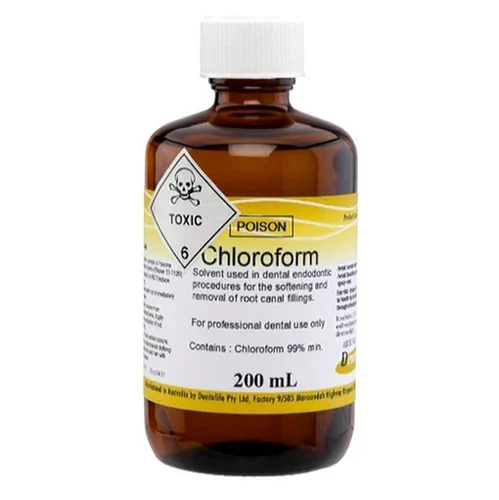
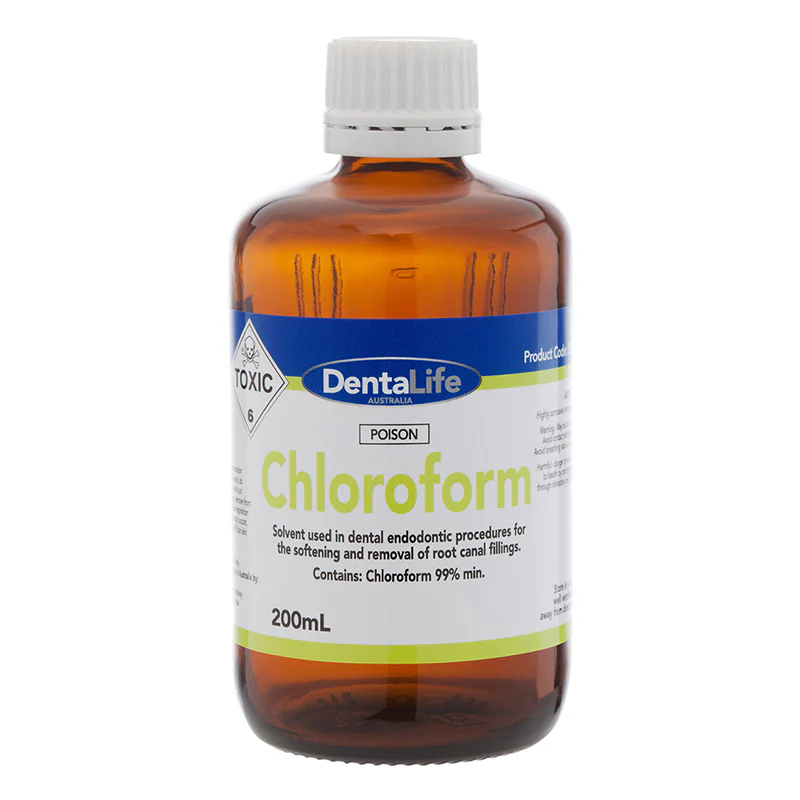
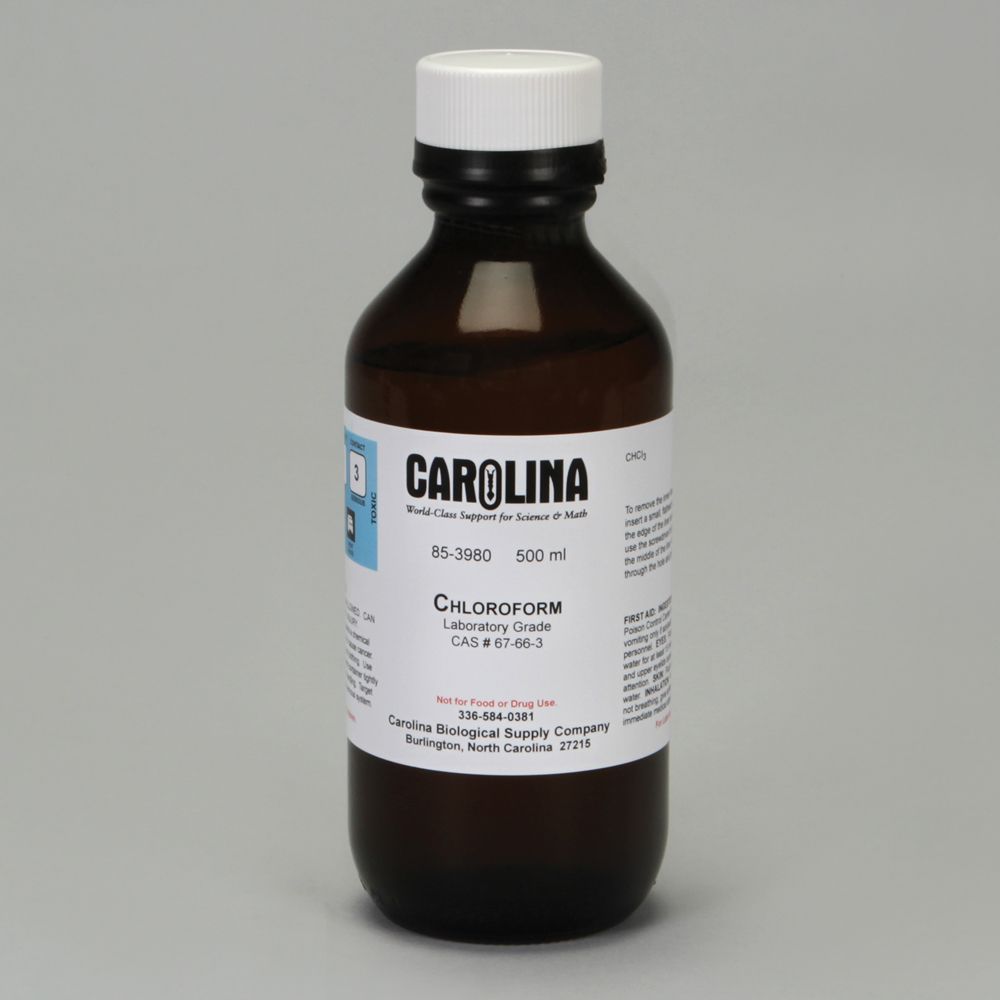
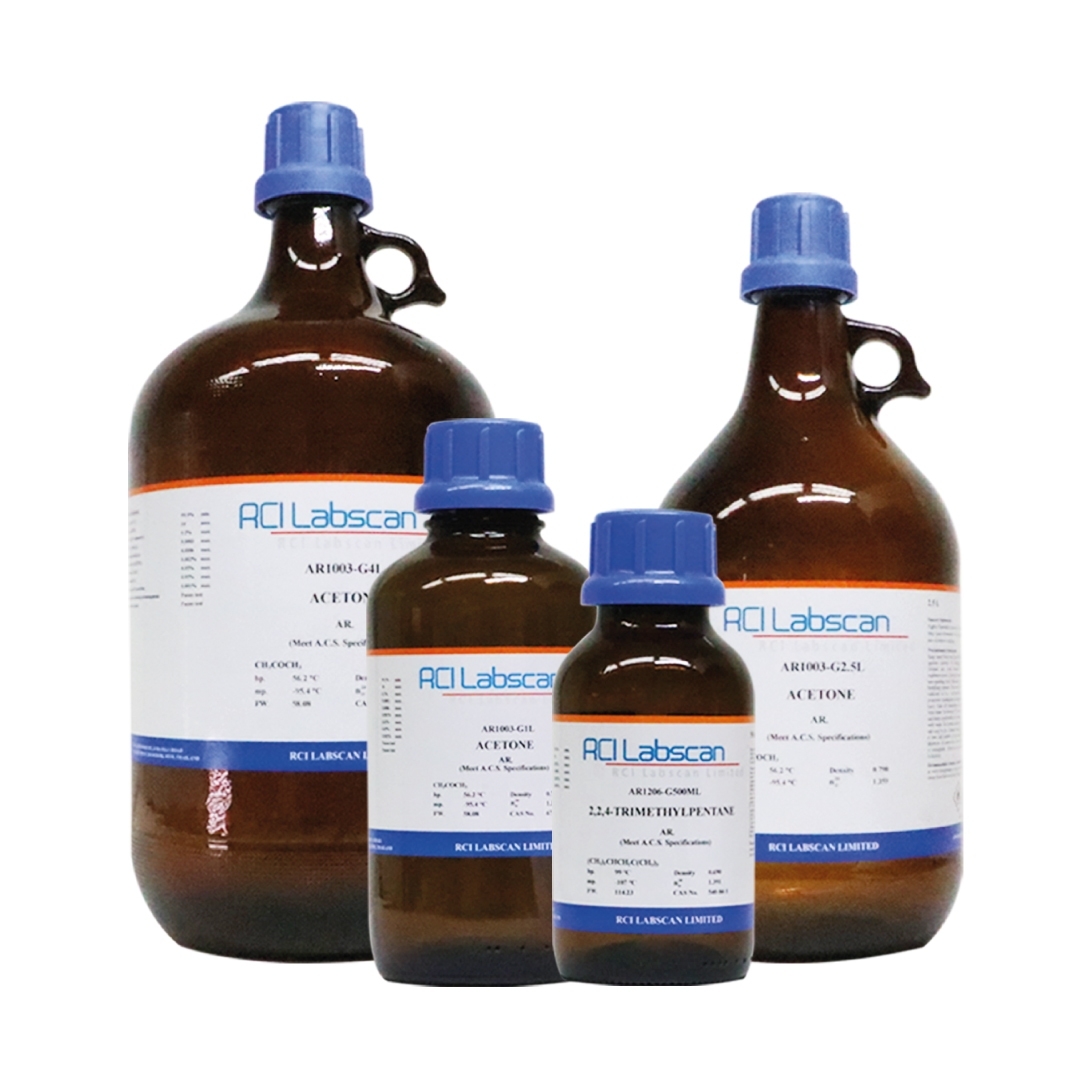

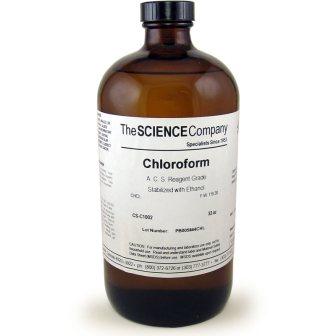

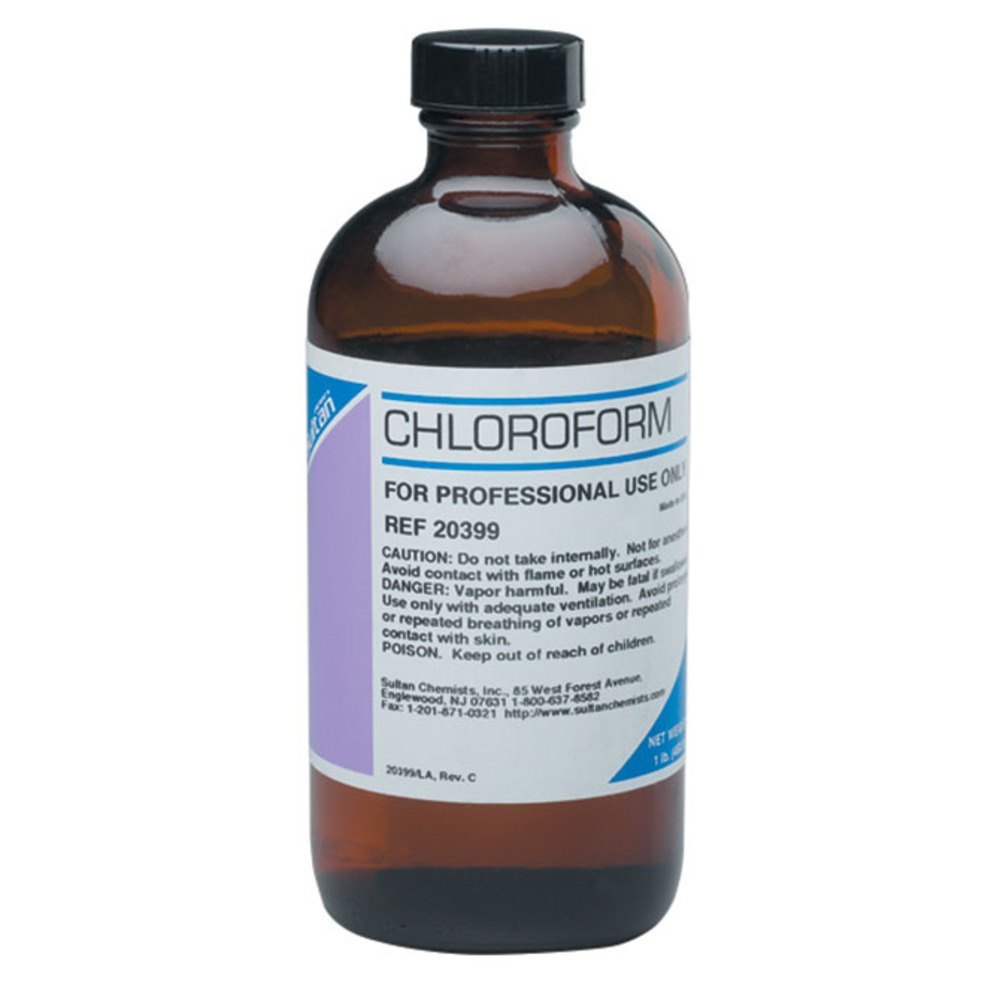
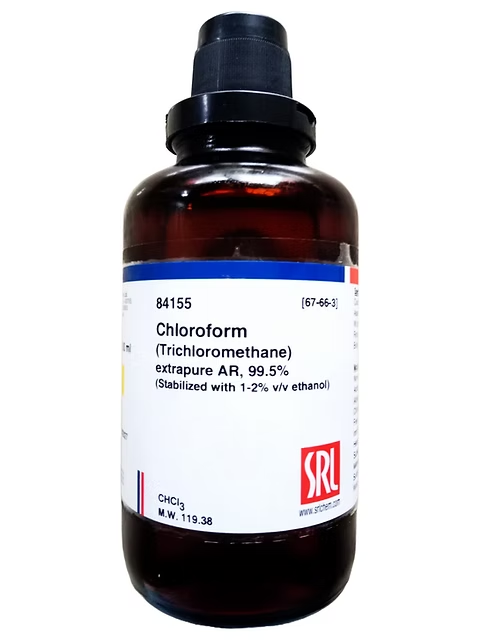
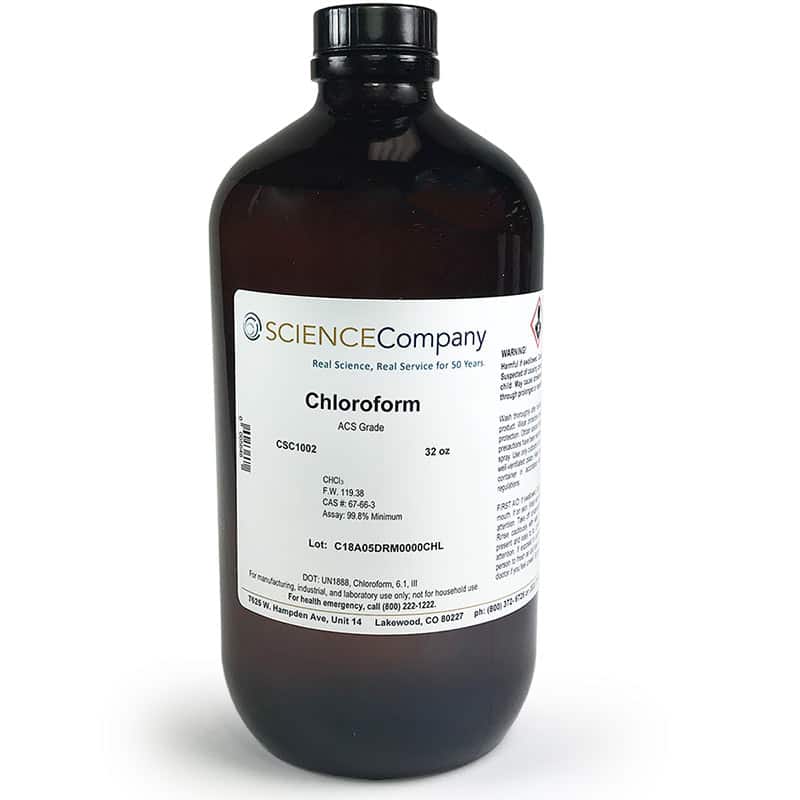
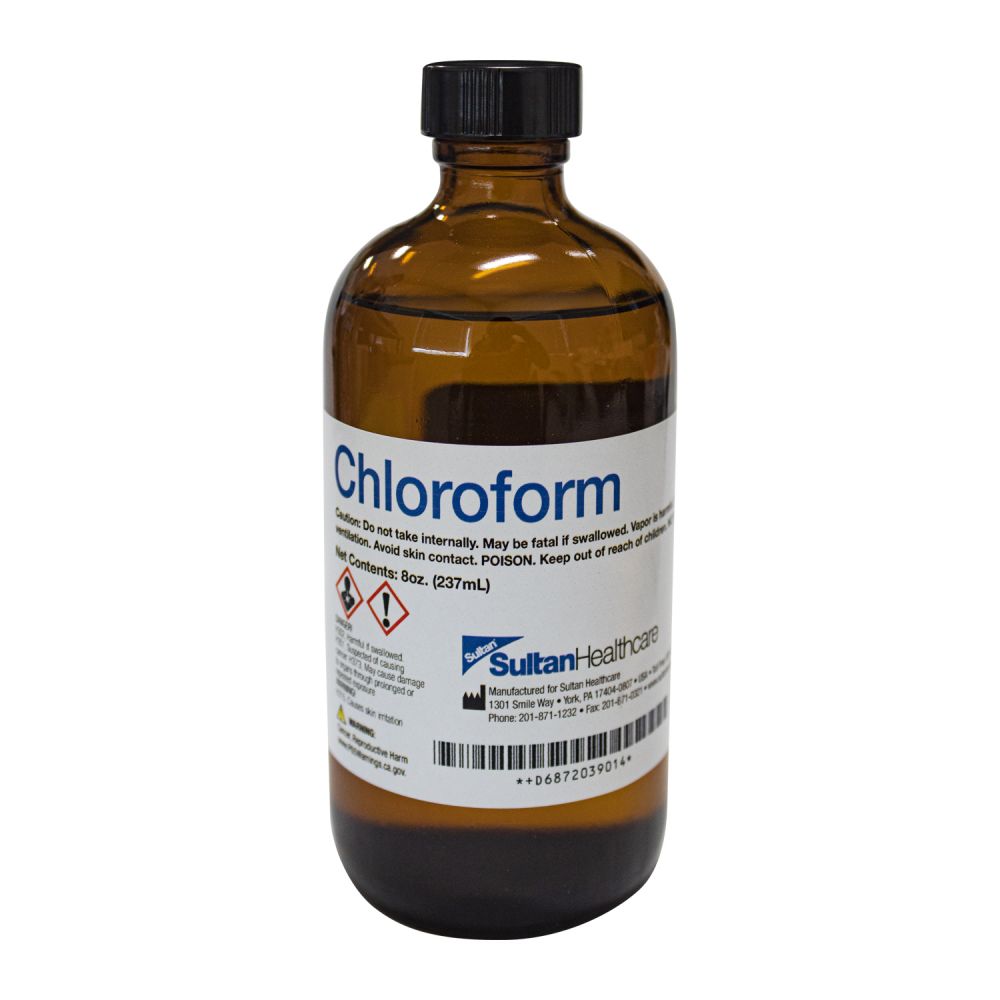
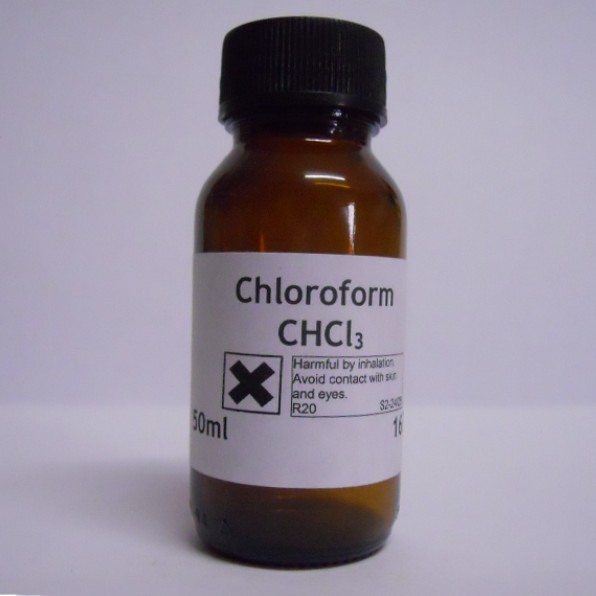




Reviews
There are no reviews yet.